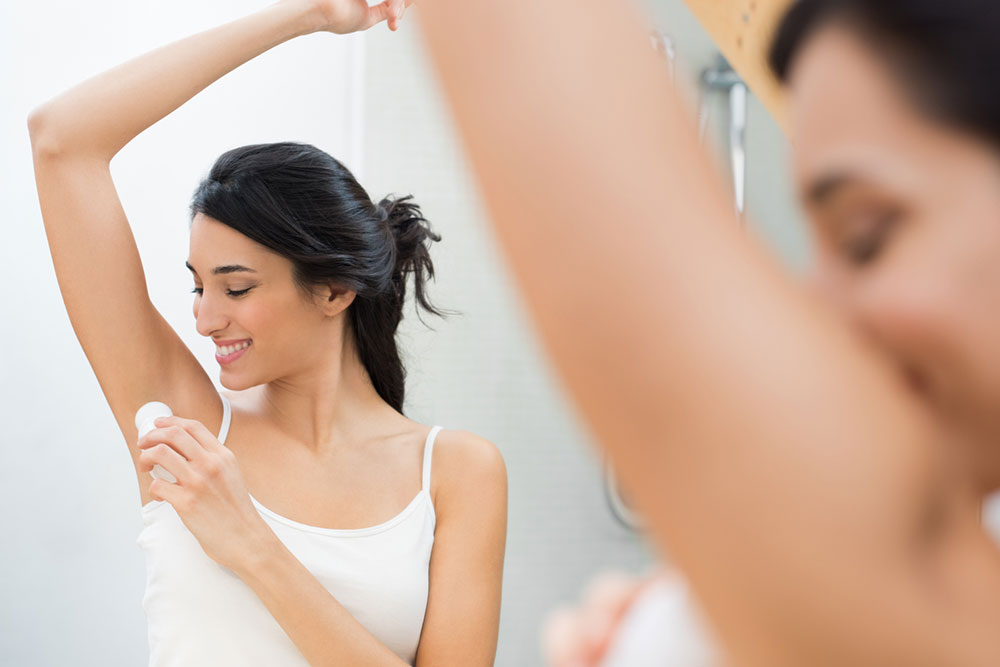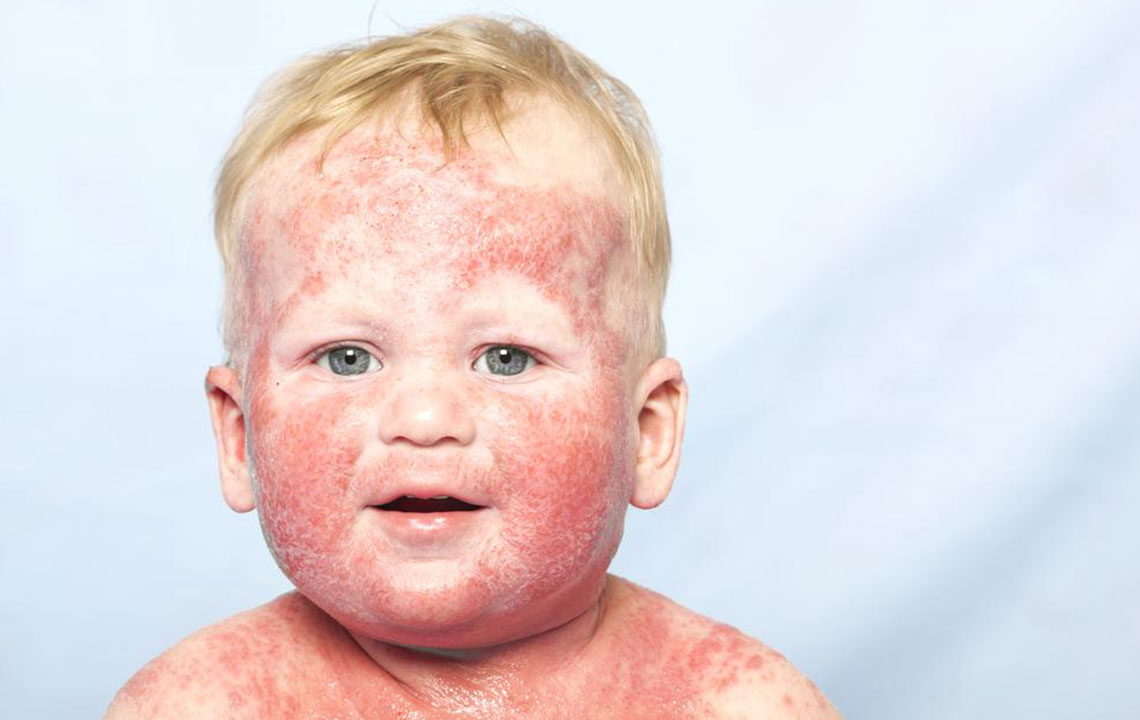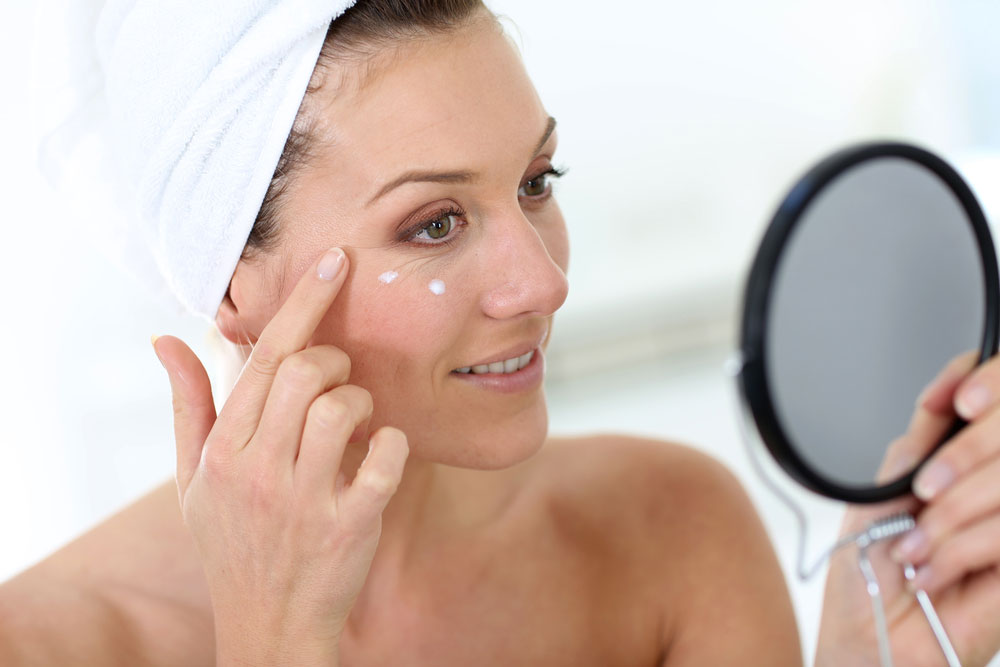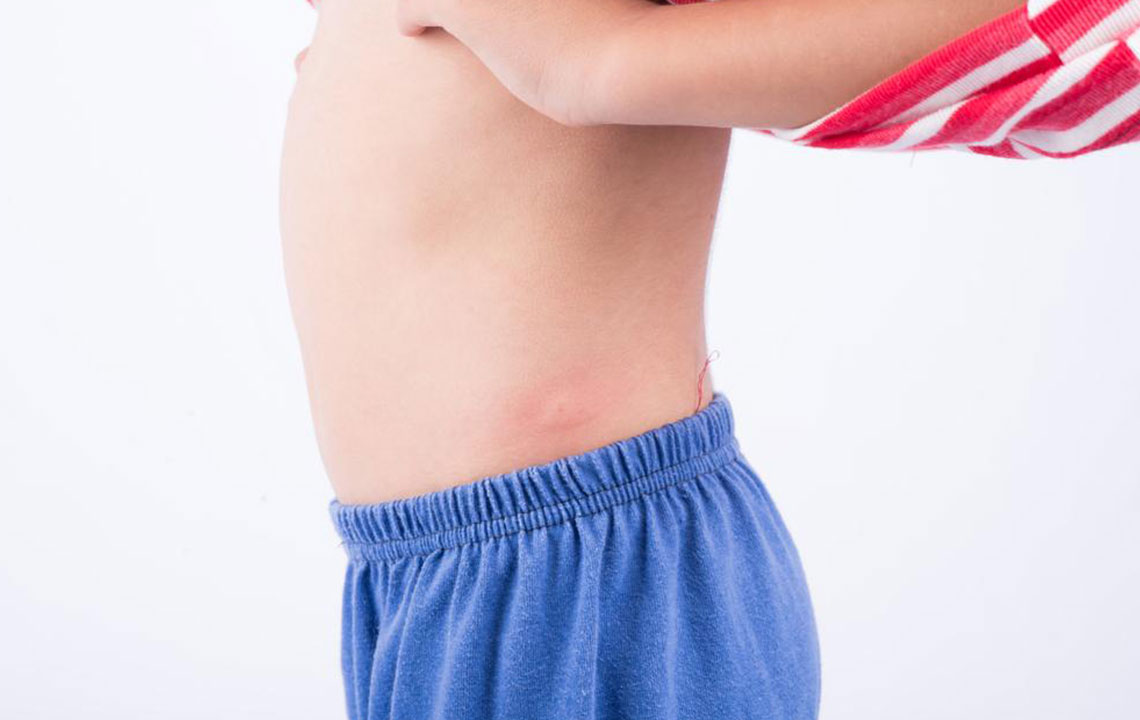Comprehensive Guide to Managing Underarm Skin Irritations and Effective Treatment Strategies
This comprehensive article provides insights into common causes of underarm skin irritations, including allergies, infections, and skin injuries. It offers practical, natural remedies like aloe vera, tea tree oil, and baking soda, along with advice to prevent future issues. Whether caused by hygiene products, fungal infections, or environmental factors, understanding and treating underarm rashes is essential for comfort and skin health. The piece emphasizes consulting professionals for persistent problems, ensuring proper care and effective management of various skin conditions in the sensitive underarm area.

Comprehensive Guide to Managing Underarm Skin Irritations and Effective Treatment Strategies
The delicate and highly sensitive skin of the underarm area plays a crucial role as a protective barrier against environmental aggressors such as dirt, microbes, and irritants. Despite its resilience, this region is particularly vulnerable to a variety of skin issues, including persistent rashes, redness, itching, and discomfort. These conditions can not only cause physical discomfort but also lead to emotional distress and social embarrassment, especially when wearing sleeveless or tight-fitting clothing. If such rashes and irritations are ignored or improperly managed, they tend to worsen over time, potentially resulting in more complex dermatological problems that may require medical intervention. Therefore, understanding the underlying causes and applying appropriate treatment strategies are essential steps toward relief, prevention, and maintaining healthy underarm skin.
This extensive guide delves into the most common causes of underarm skin irritations, including mechanical injuries, allergic reactions, fungal infections, and environmental factors. It also discusses effective remedies and preventive measures that can be easily incorporated into everyday skincare routines. Whether your irritation is caused by repetitive skin trauma, allergies to beauty or hygiene products, or fungal infections thriving in moist environments, recognizing the origin of the problem is key to selecting the most suitable treatment approach. The goal is to restore skin comfort, prevent recurrences, and promote overall skin health.
Causes of underarm rashes are diverse and often interconnected. Common factors include skin trauma resulting from repetitive movements such as shaving, waxing, or constant friction. Excessive sweating in the underarm area creates a moist environment conducive to bacterial and fungal growth, which can lead to infections and irritation. The natural skin barrier may become compromised due to dryness, harsh soaps, or chemical exposure, making it more susceptible to irritants. Conditions like eczema (atopic dermatitis) cause redness, dryness, and flaky patches, often exacerbated by genetic predispositions or environmental triggers such as weather changes or irritant exposure. Allergic contact dermatitis is another frequent cause, triggered by ingredients in deodorants, antiperspirants, lotions, or skincare products, especially those containing fragrances, alcohol, or harsh chemicals. Additionally, chemical peel treatments, laser hair removal, and other dermatological procedures can cause temporary irritation or allergic responses.
Fungal infections like ringworm (tinea corporis) thrive in warm, moist, and poorly ventilated environments, producing distinctive ring-shaped rashes that can be itchy and uncomfortable. Excess heat, friction, and accumulated dead skin together contribute to seborrheic dermatitis, which manifests as flaky, greasy patches often affecting the scalp, face, and underarm regions. Understanding these causes enables targeted treatments and preventive strategies to address the specific condition. Effective remedies for underarm skin irritations include natural and gentle options such as aloe vera gel, which possesses soothing and healing properties; tea tree oil, known for its antifungal and antimicrobial effects; and baking soda combined with coconut oil, which can help balance skin pH and reduce inflammation. Potassium alum, a natural astringent, can help minimize sweating and tighten pores, reducing moisture and irritation. Cold compresses are also beneficial in alleviating acute soreness, swelling, and redness. However, persistent or severe rashes should prompt consultation with a healthcare professional or dermatologist for accurate diagnosis and tailored treatment plans, ensuring optimal recovery and long-term skin health.





